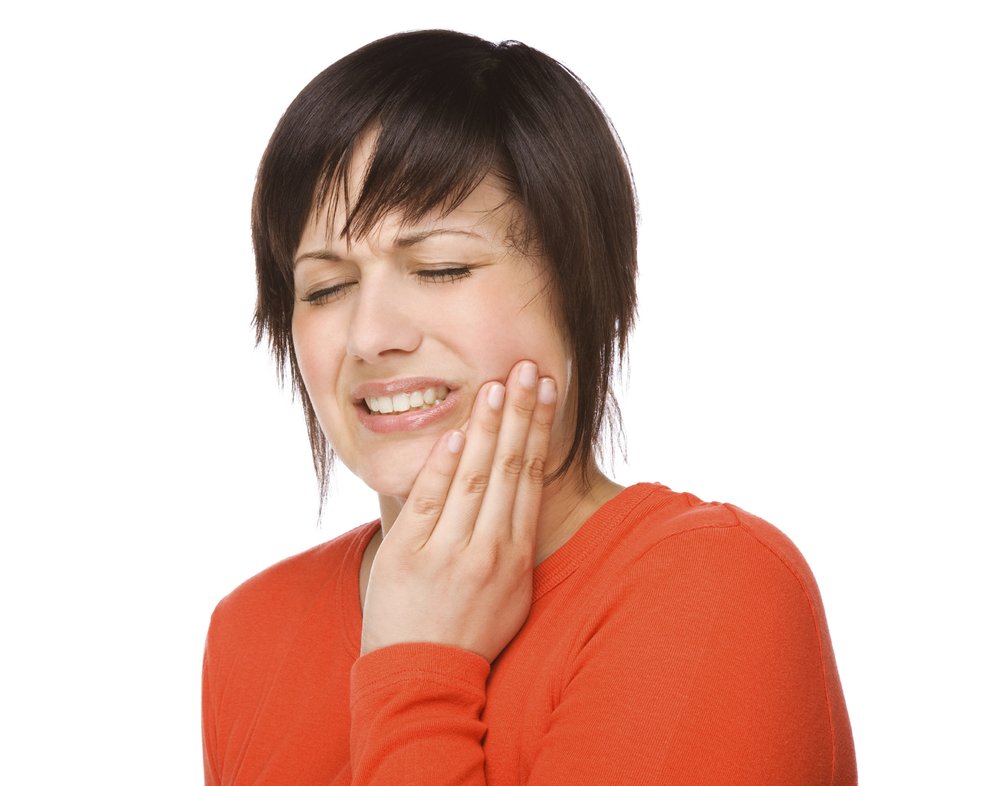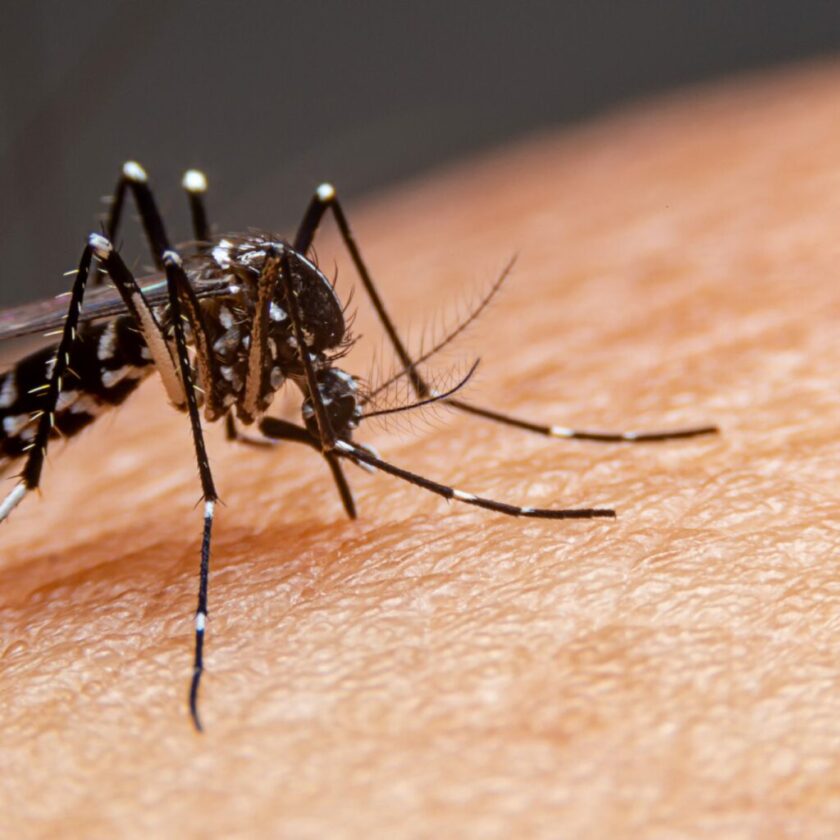By: Dr. Amay Tripathi, Asstt. Editor-ICN
TMPD is a pain disorder characterized by spontaneous pain and jaw function-induced pain in the joint and muscles of mastication of the TMJ because of the interplay between the muscles and joints, a problem with either one can lead to stiffness, headaches, ear pain, malocclusion, clicking sounds, or trismus.
“I want to take a bite” Anita snatched the apple from her husband’s hand and bit a huge hunk.
” click” a sound came from her jaw, nearby her ear.
“what’s that” Anand asked. “I’m hearing these sounds frequently while u move your mouth or try to bite something.”
“yes, I’m also feeling them, but nothing to worry, may be some muscle soreness.” Anita ignored this for a while.
But gradually the pain increased to significant level, accompanied by headache and neck pain so much, that they had to visit their consulting dentist. on examination their dentist told them that Anita was suffering from TMPD (temporomandibular joint disorder). doctor explained to him that there is a joint in their jaw known as temporomandibular joint which acts like a sliding hinge, connecting your jawbone to your skull. You have one joint on each side of your jaw. TMJ(temporomandibular joint) disorders — a type of temporomandibular disorder or TMD — can cause pain in your jaw joint and in the muscles that control jaw movement.
The exact cause of a person’s TMJ disorder is often difficult to determine. Your pain may be due to a combination of factors, such as genetics, arthritis or jaw injury. Some people who have jaw pain also tend to clench or grind their teeth, although many people habitually clench or grind their teeth and never develop TMJ disorders. like Anita millions of individuals suffer and ignore the early signs of TMPDS and there by worsening it.
TMPD is a pain disorder characterized by spontaneous pain and jaw function-induced pain in the joint and muscles of mastication of the TMJ because of the interplay between the muscles and joints, a problem with either one can lead to stiffness, headaches, ear pain, malocclusion, clicking sounds, or trismus. It is a common but misunderstood muscular pain disorder involving pain referred from small, tender trigger points within myofascial structures in or distant from the area of pain. The disorder and the resultant dysfunction can result in significant pain and impairment.
Temporomandibular pain dysfunction syndrome (TMPDS) comprises a variety of signs and symptoms which may be present in any combination, dependent upon the progress and stage of the disorder. The diagnostic criteria are pain on palpation of the temporomandibular joint (TMJ), muscle tenderness on examination, joint sounds, and limitation or deviation of jaw movement on opening. Headache may also be a symptom. Physiotherapy is commonly used to treat this disorder but there is little published material in the field of clinical trials comparing different methods of physiotherapy. Most reports are anecdotal. This paper reports four different physiotherapy modalities in the management of TMPDS when compared with a placebo group. Short-wave diathermy, megapulse, ultrasound and soft laser were tested.
Symptoms
Signs and symptoms of TMJ disorders may include:
Pain or tenderness of your jaw
Clicking sound while opening or closing of your mouth
Pain on biting from one or both the sides
crepitus
Pain in one or both of the temporomandibular joints
Aching pain in and around your ear
Difficulty chewing or pain while chewing
Aching facial pain
Locking of the joint, making it difficult to open or close your mouth
TMJ disorders can also cause a clicking sound or grating sensation when you open your mouth or chew. But if there’s no pain or limitation of movement associated with your jaw clicking, you probably don’t need treatment for a TMJ disorder.
The temporomandibular joint (TMJ) combines a hinge action with sliding motions. The parts of the bones that interact in the joint are covered with cartilage and are separated by a small shock-absorbing disk, which normally keeps the movement smooth.
Causes
Many theories and etiological models have been presented by various authors in the literature which includes dental occlusal interferences, extraction of teeth for orthodontic treatment, use of certain orthodontic appliances, non-concentricity of the mandibular condyle, internal derangements, hyperactivity or hypo activity of masticatory muscles, hyperactivity or hypo activity of central nervous system, emotional disturbances with or without bruxism and increased psychological strain of life. The etiology of TMDs is multidimensional. Biomechanical, neuromuscular, biopsychosocial and neurobiological factors may contribute to the disorder. These factors are classified as:
- Predisposing (structural, metabolic and/or psychologic conditions)
- Initiating (e.g., trauma or repetitive adverse loading of the masticatory system)
- Aggravating (parafunction, hormonal or psychosocial factors) to emphasize their role in the progression of TMD
Generally speaking, there can be various causes, sometimes they cannot be diagnosed also but to pin point we can list the following
- Bruxism
- Various types of arthritis, such as rheumatoid arthritis and osteoarthritis
- Malocclusion
- Stress
- Jaw injury
- Long-term (chronic) grinding or clenching of teeth
- Certain connective tissue diseases that cause problems which may affect the temporomandibular joint
- The disk erodes or moves out of its proper alignment
- The joint’s cartilage is damaged by arthritis
- The joint is damaged by a blow or other impact
- In many cases, however, the cause of TMJ disorders isn’t clear
MANAGEMENT
In mild case many times these pain go away on their own, but majority of cases need early diagnosis, and proper treatment.
Treatment comprises basically of three parts i.e. prevention (identify the disease or disease causing conditions early and work on them), interception (interrupting the cause there by arresting the future deterioration of joint) and treatment (restoring the joint to its normalcy. the options can be non-surgical like splints, crowns to more complex like surgical intervention.
Medications
Along with other nonsurgical treatments, these medication options may help relieve the pain associated with TMJ disorders:
Pain relievers and anti-inflammatories. If over-the-counter pain medications aren’t enough to relieve TMJ pain, your doctor or dentist may prescribe stronger pain relievers. Non-steroidal anti-inflammatory drugs (NSAIDs), such as ibuprofen (Advil, Motrin IB, others), are a mainstay of treatment.
Tricyclic antidepressants. These medications used to be used mostly for depression, but now are sometimes used for pain relief.
Muscle relaxants- These types of drugs are sometimes used for a few days or weeks to help relieve pain caused by TMJ disorders.
Nondrug therapies for TMJ disorder include:
Oral splints or mouth guards -Often, people with jaw pain will benefit from wearing a soft or firm device inserted over their teeth, but the reasons why these devices are beneficial are not well-understood.
Physical therapy- Treatments might include ultrasound, moist heat and ice — along with exercises to stretch and strengthen jaw muscles. They have proved useful in reducing the pain.
Counseling –proper and guided education and counseling can help you understand the factors and behaviors that may aggravate your pain, so you can avoid them. Examples include teeth clenching or grinding, leaning on your chin, or biting fingernails. Special precaution should be taken against self-medication and google doctoring
Surgical or other procedures
When other methods don’t help, your doctor might suggest certain invasive procedures such as:
Arthrocentesis. Arthrocentesis is a minimally invasive procedure that involves the insertion of small needles into the joint so that fluid can be irrigated through the joint to remove debris and inflammatory byproducts.
Injections-botulinum toxin has found its way into medical practices decades ago. Now they and steroids are used to relieve TMJ pain. In some people, corticosteroid injections directly into the joint may be helpful. Infrequently, injecting botulinum toxin type A (Botox, others) into the jaw muscles used for chewing may relieve pain associated with TMJ disorders.
TMJ arthroscopy- In many cases, arthroscopic surgery can be as effective for treating various types of TMJ disorders as open-joint surgery. A small thin tube (cannula) is placed into the joint space, an arthroscope is then inserted, and small surgical instruments are used for surgery. TMJ arthroscopy has fewer risks and complications than open-joint surgery does, but it has some limitations as well.
Modified condylotomy. Modified condylotomy addresses the TMJ indirectly, with surgery on the mandible, but not in the joint itself. It may be helpful for treatment of pain and if locking is experienced.
Open-joint surgery. – Considered by some as last resort. If your jaw pain does not resolve with more-conservative treatments and it appears to be caused by a structural problem in the joint, your consulting oral surgeon or dentist may suggest you to go for open-joint surgery (arthrotomy) to repair or replace the joint. However, due to its strategic presence near bifurcation of facial nerve and other anatomic structures open-joint surgery involves more risks than other procedures do and should be considered very carefully, discussing the pros and cons.
Summoning Up
The story of Anita and Anand is just an example that how clicking sound, pain in biting and other early symptoms of your jaw discomfort should not be ignored and brushed aside. A normal medical checkup can inform you about your conditions and management. individuals should never shy away from a diagnostic checkup if they think something is not right. “stitch in time, saves nine” that’s an old proverb but fits beautifully here. catching the disorder in its infancy will make sure that individual will not suffer. read it and share it with your loved ones if you really care.




